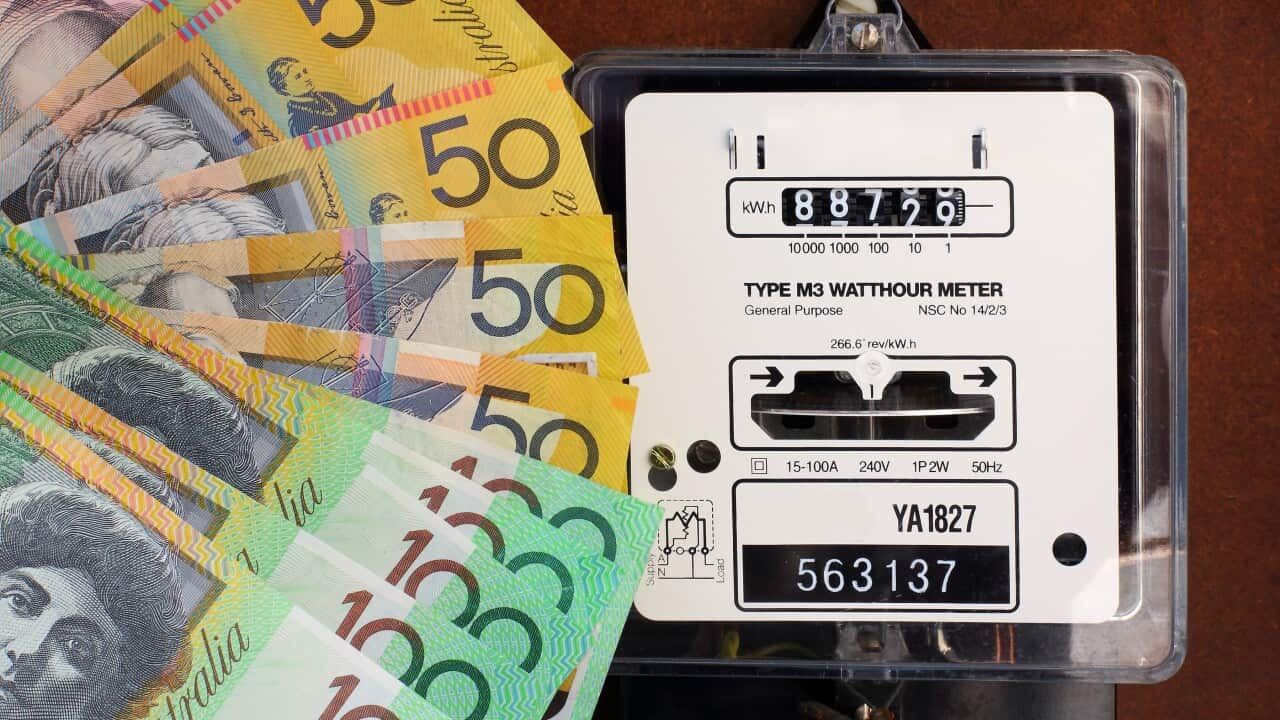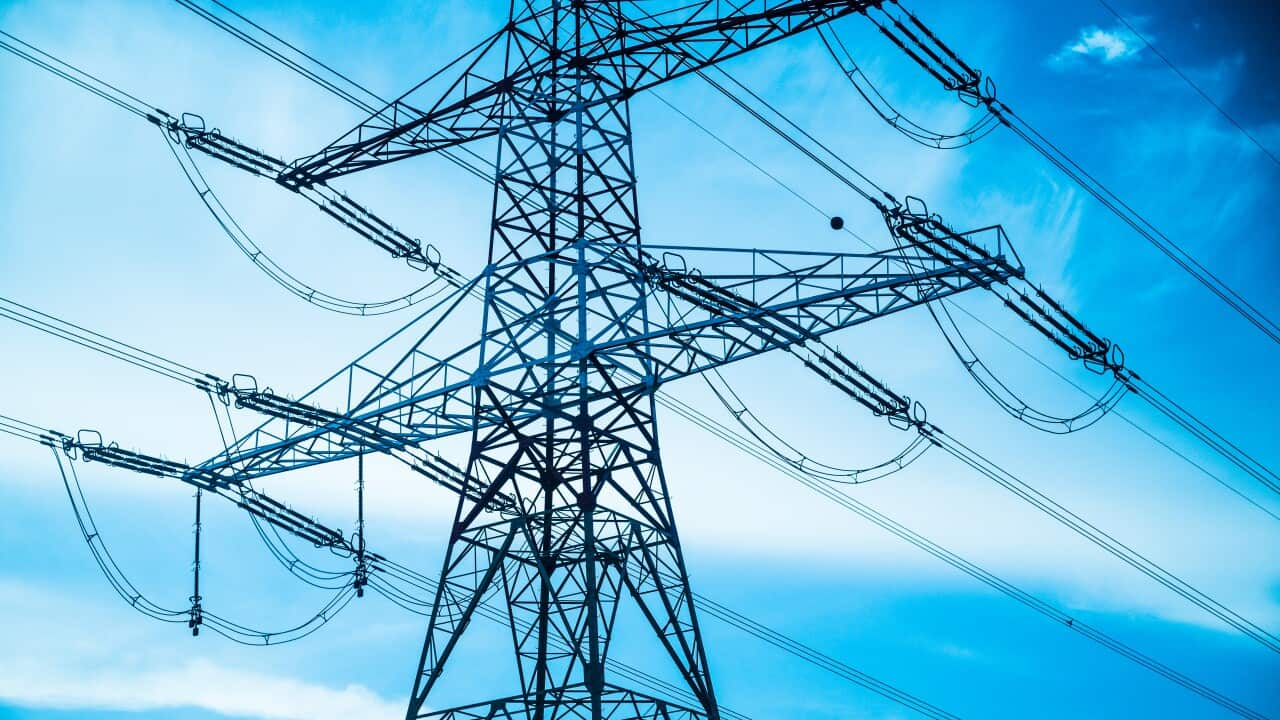Key Points:
- Some Australians can get an interest free loans to help them buy an electric vehicle.
- Certain households may be eligible to have a 3-kilowatt solar system installed at no cost.
- Rebates are in place for landlords to install solar into their rentals in some places.
With Australians bracing themselves for another surge in power prices , householders are being reminded of various incentives offered by state governments to reduce their bills and greenhouse gas emissions at the same time.
Across the country, state and territory governments operate a variety of schemes to encourage people to use solar power.
Here’s how to make the most of them.
Help to go solar
The idea of having solar panels put on your home's roof for free with no upfront costs may sound too good to be true but it's actually on offer by the NSW government.
Low-income households in the state receive a rebate to cover part of the cost of their power bill but they currently have .
The trade-off sees homeowners forfeit their $285-a-year rebate for 10 years in exchange for a fully installed 3 kilowatt solar system.
The NSW government says householders could cut their energy bills with solar and save up to $600 a year.

A scheme in NSW gives low-income earners an opportunity to have a solar system installed on their home. Source: AAP / Tracey Nearmy
While energy efficiency might not always be at the forefront of the minds of landlords, as any energy savings are those of the tenant's, solar rebates offered in Victoria may make the investment more appealing to them.
Among the solar rebates the state government offers is a $1,400 rebate for installing a solar system on a rental home.
The hope is that rental providers will consider a solar system as an investment in the value and appeal of their property.
Victoria's also provides rebates for owner-occupiers to use on solar panels, batteries, and hot water systems.
Tasmania's , worth up to $10,000, can be put towards items such as solar systems, battery storage units, and household white goods or spent on home upgrades that help in heating and cooling, such as double glazing.
Estimates by solar companies suggest a 3-kilowatt solar system could cut the average household's reliance on energy coming from the grid by two-thirds.
Not all homes are suitable for solar, and those who are not eligible are encouraged to complete an energy assessment to find out other suitable options for ways to improve energy efficiency and reduce costs.
Loans for electric cars
The ACT's Sustainable Household Scheme offers zero-interest loans of up to $15,000 to be paid back over a period of up to 10 years.
While a car buyer would be lucky to find a quality second-hand electric vehicle (EV) under $15,000, the scheme also allows for drivers to use the loan for a deposit on an EV.
Motorists could potentially save thousands on interest payments and then also benefit from the lower operating costs associated with electric cars.

Interest-free loans available in the ACT could help contribute to the cost of buying an electric vehicle. Source: AAP / Jono Searle
Studies have found electric cars contribute less than half the greenhouse gas emissions throughout their life in comparison to conventional cars but they make up less than four per cent of all new cars purchased in Australia.
Take control of your energy use
The offers households and businesses the opportunity to save money and energy by installing discounted energy-efficient products.
According to the state government, energy savings from the program are expected to reduce the state's electricity consumption by 7 per cent in 2025 and $3.8 billion in energy system costs.
The Victorian government estimates the average household can save between $120 to $1,100 each year on energy costs.
The NSW government also designed to help reduce overall household energy use through lighting, air conditioning, hot water systems, and pool pumps.
Concession and Veterans’ Affairs Gold Card holders in the ACT may also be able to get rebates for sustainable home upgrades to hot water heat pumps, reverse cycle heating and cooling systems, and electric stovetop upgrades
Eligible homeowners can apply for rebates of up to $5,000.
What are the barriers to reducing energy costs?
Energy Consumers Australia chief executive officer Lynne Gallagher admits there are barriers to Australian households taking control of their energy use and costs.
In the advocacy group’s most recent newsletter, she said recent survey results within Australia showed half of the respondents said they lacked the tools and information to make energy decisions in their own interest.
Ms Gallagher said supporting consumers to improve energy performance in their homes and businesses could not be achieved by financial incentives alone, and an information campaign would be needed.
“There is a role for a coordinated national awareness campaign supported by local engagement, that arms consumers with critical information and empowers them to lower their bills,” she said.












